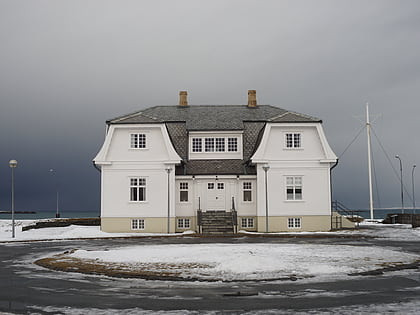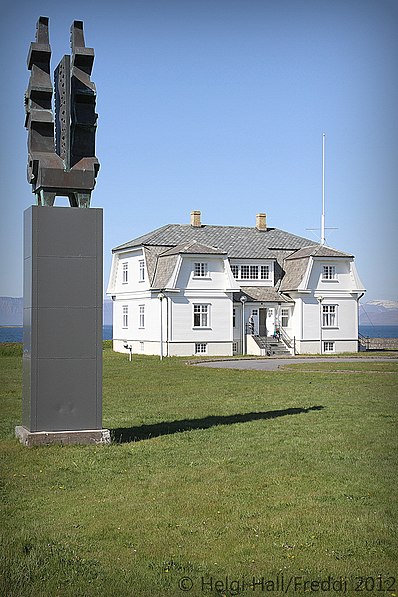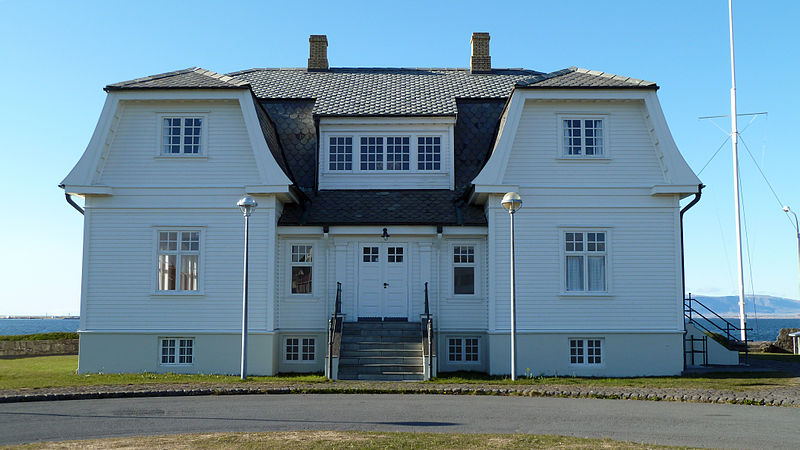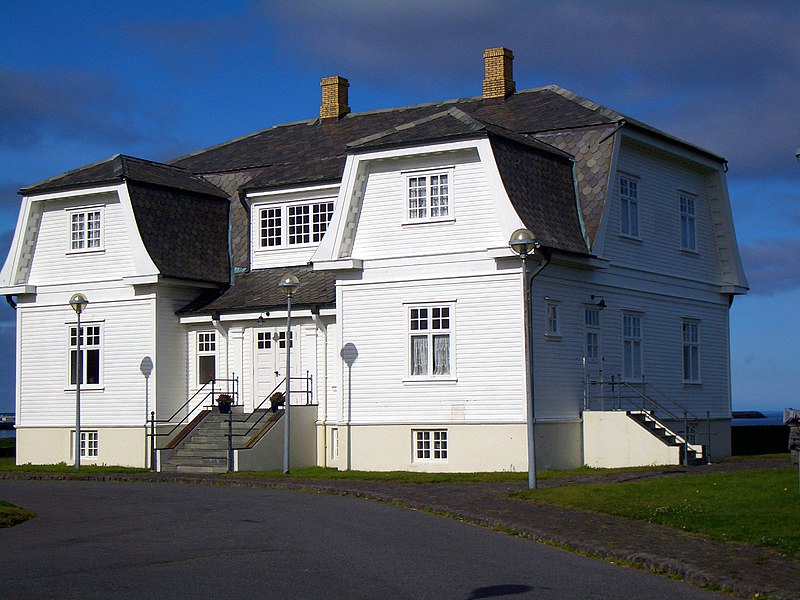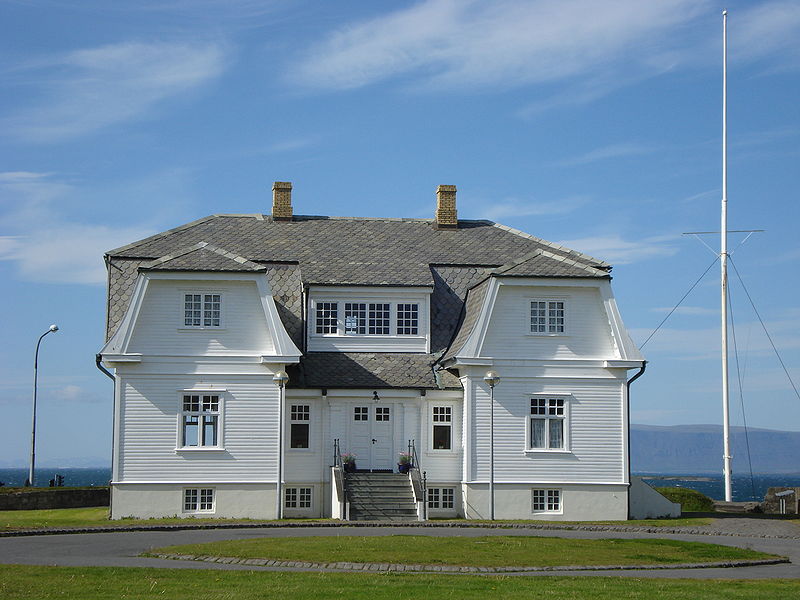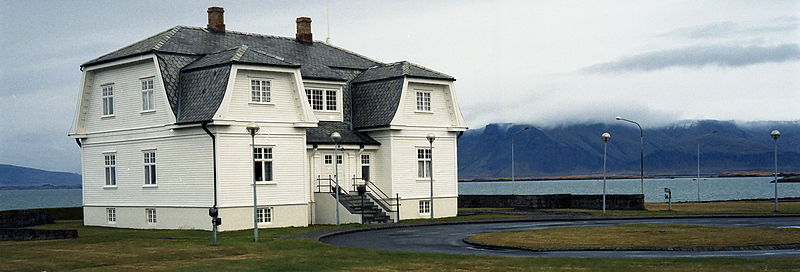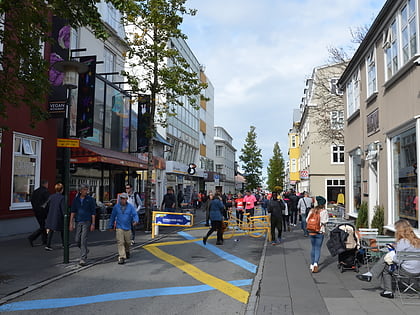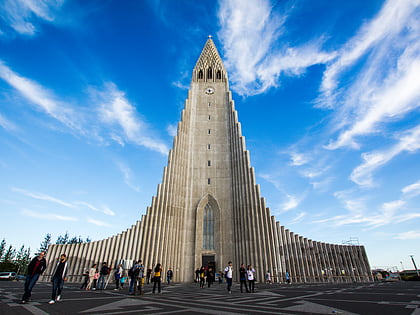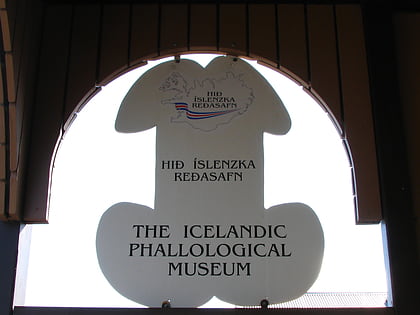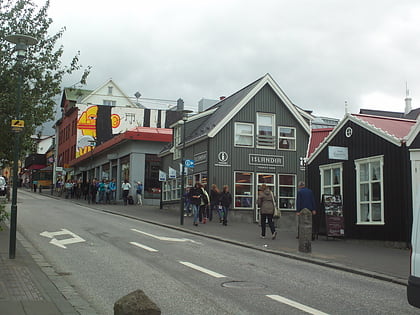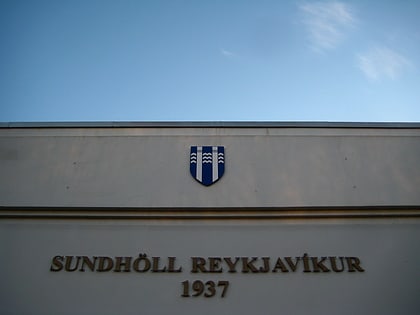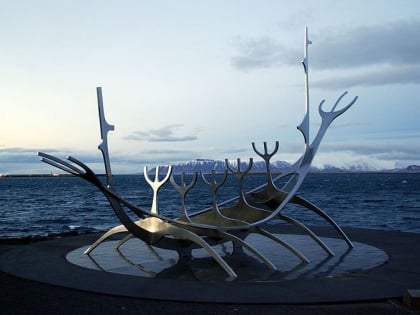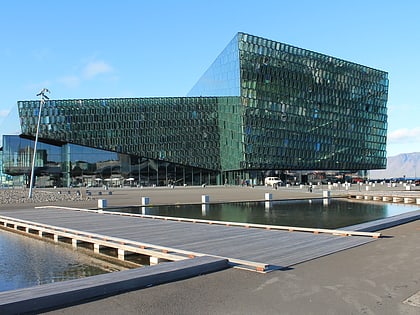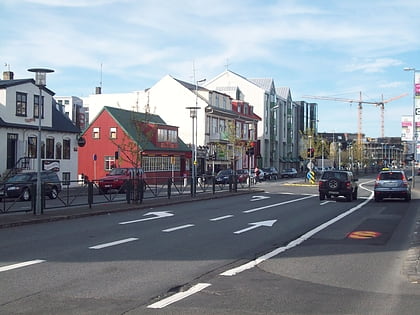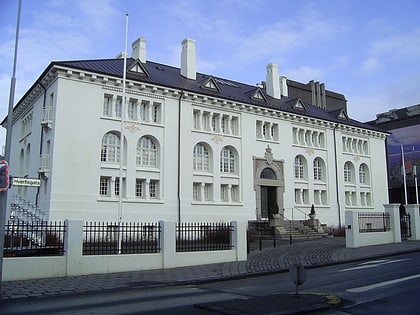Höfði, Reykjavík
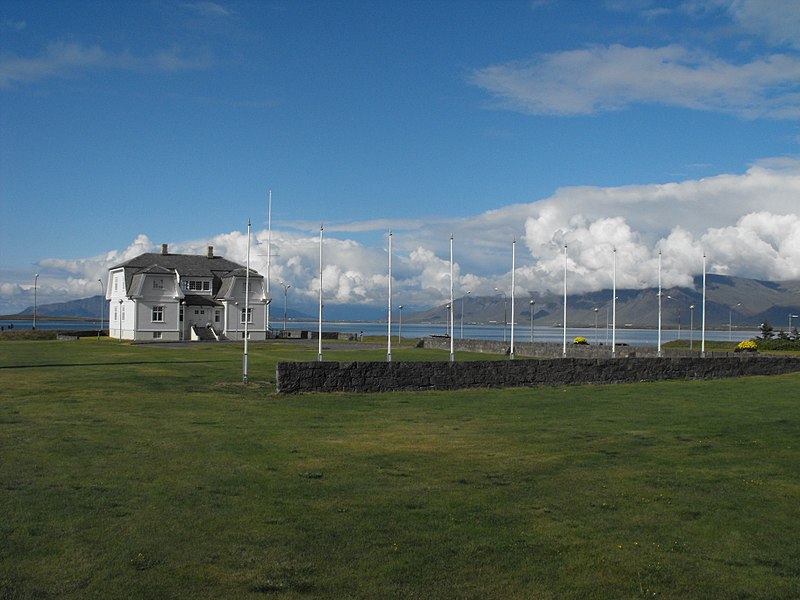
Facts and practical information
Nestled in the heart of Reykjavík, the Höfði house stands as a beacon of historical significance and a testament to Iceland's place on the world stage. This stately building, which now functions as a museum, is perhaps best known as the site of the pivotal 1986 Reykjavík Summit, where the leaders of the Cold War superpowers, Ronald Reagan and Mikhail Gorbachev, met to discuss nuclear disarmament. While the summit did not result in a definitive agreement, it marked a turning point in international relations and paved the way for the end of the Cold War.
Originally built in 1909 as a French consulate, Höfði's architectural elegance is a reflection of the early 20th century's refined tastes. Its location by the sea, with a picturesque view of the surrounding mountains and the ocean, adds to its allure, making it one of the city's most photographed sites.
The building's legacy, however, is not solely political. It is rumored to be home to a resident ghost, the White Lady, adding a layer of mystique to its already captivating history. Visitors to the museum can explore this and other stories while wandering through the rooms where world leaders once deliberated the fate of the globe.
Höfði is not only a museum but also serves as a venue for official receptions and meetings held by the City of Reykjavík. Its role in contemporary diplomacy continues, echoing the historical significance of its walls.
Höfði – popular in the area (distance from the attraction)
Nearby attractions include: Laugavegur, Hallgrímskirkja, Icelandic Phallological Museum, Bankastræti.
Frequently Asked Questions (FAQ)
Which popular attractions are close to Höfði?
How to get to Höfði by public transport?
Bus
- Höfðatorg • Lines: 12, 16, 4 (3 min walk)
- Nóatún • Lines: 12, 16, 4 (4 min walk)
